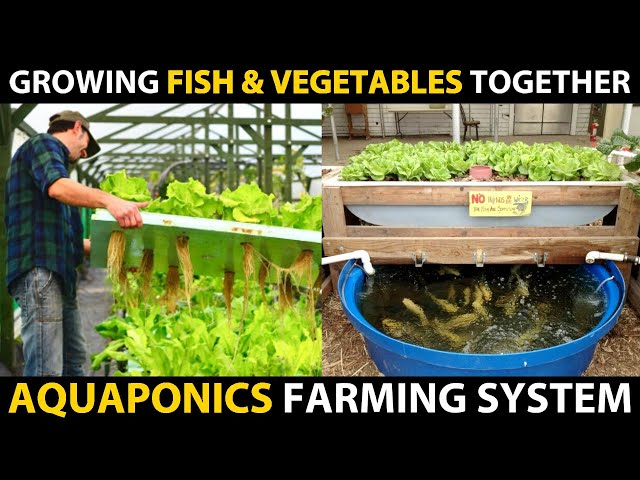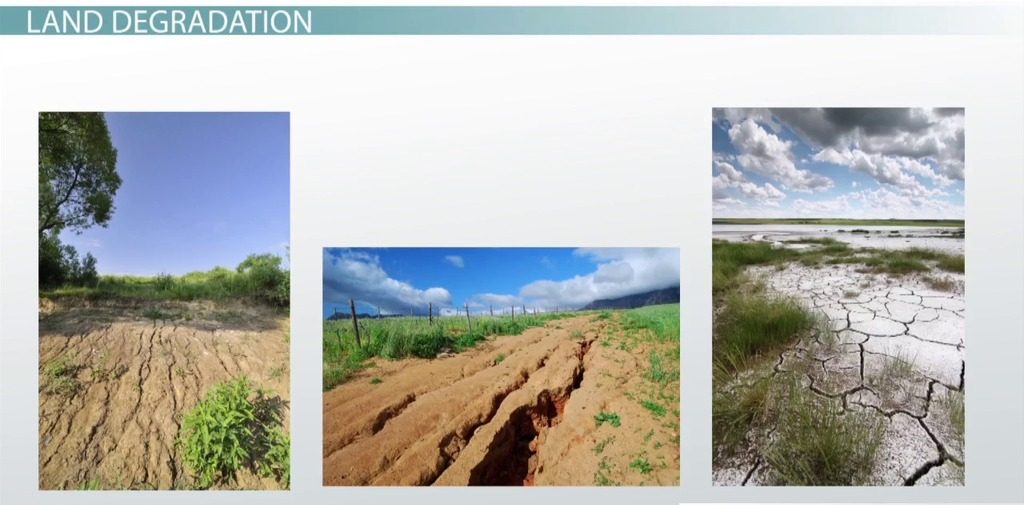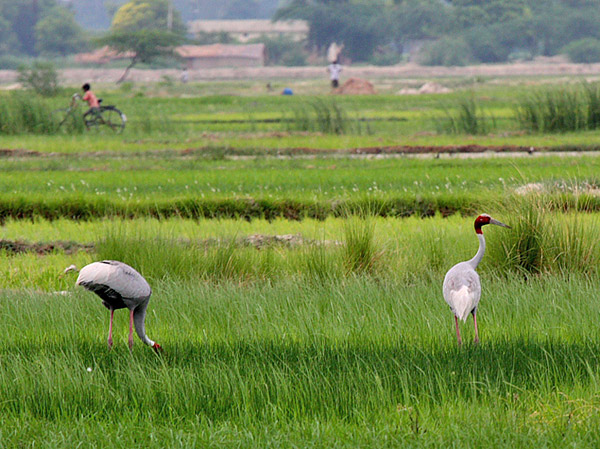Introduction
In a world where sustainable agriculture is becoming increasingly important, aquaponics has emerged as a revolutionary method that marries two essential components of food production: fish farming and crop cultivation. This innovative system not only conserves resources but also promotes healthier, chemical-free produce. In this comprehensive guide, we will unravel the intricacies of aquaponics, highlighting its benefits, the science behind it, and its potential to transform the agricultural landscape.
What is Aquaponics?
At its core, aquaponics is a closed-loop system that combines aquaculture (fish farming) and hydroponics (soil-less crop cultivation). This ingenious integration capitalizes on the natural symbiosis between fish and plants. In simple terms, fish waste serves as a nutrient-rich fertilizer for the plants, while the plants purify the water for the fish, creating a harmonious ecosystem.
The system operates in a cyclical fashion, with fish living in tanks or ponds, and plants growing in grow beds or troughs. Water from the fish tanks is circulated to the plants, where the plants absorb the nutrients, effectively cleaning the water, which is then recirculated back to the fish tanks. This continuous exchange of water and nutrients mimics nature’s own cycle, making aquaponics an eco-friendly and efficient method of food production.
Benefits of Aquaponics
Sustainability: One of the most significant advantages of aquaponics is its sustainability. Traditional agriculture consumes vast amounts of water and relies on chemical fertilizers and pesticides. In contrast, aquaponics uses 90% less water than conventional farming, as the water is continuously recycled within the closed-loop system. Moreover, it eliminates the need for harmful chemicals, making it an environmentally friendly option.
Higher Crop Yield: Aquaponics systems often yield crops faster and in greater quantities compared to traditional methods. The nutrient-rich water allows plants to grow more quickly, resulting in multiple harvests each year. This increased productivity can be a game-changer, especially in regions with limited arable land.
Space Efficiency: Aquaponics can be implemented in small spaces, making it accessible to urban areas. Vertical aquaponic systems, in particular, maximize space utilization by stacking grow beds, allowing urban farmers to produce fresh vegetables in the heart of the city.
Reduced Maintenance: Once set up, aquaponic systems require relatively low maintenance. The closed-loop design minimizes the risk of pests and diseases, reducing the need for labor-intensive care.
Healthier Produce: Since aquaponics eliminates the use of synthetic fertilizers and pesticides, the produce is healthier and chemical-free. This not only benefits consumers but also opens up niche markets for organic, locally grown food.
How Aquaponics Works
The beauty of aquaponics lies in its simplicity, yet it harnesses complex ecological interactions. Here’s a step-by-step breakdown of how an aquaponics system functions:
Fish Tanks: The process starts with the fish tanks or ponds, where fish are raised. The choice of fish can vary, but popular choices include tilapia, trout, and catfish.
Water Circulation: Water from the fish tanks is continuously pumped to the grow beds or troughs where the plants are cultivated. This water contains fish waste, which is rich in ammonia.
Beneficial Bacteria: In the grow beds, beneficial bacteria called nitrifying bacteria convert the ammonia from the fish waste into nitrites and then nitrates. These nitrates are a valuable source of nutrients for plants.
Plant Growth: The nutrient-rich water is absorbed by the plant roots in the grow beds. As the plants take up these nutrients, they effectively filter the water, removing toxins and impurities.
Clean Water Returns: After the water has passed through the grow beds, it is now clean and oxygenated. This purified water is then returned to the fish tanks, providing a healthy environment for the fish to thrive.
This cycle continues indefinitely, creating a self-sustaining ecosystem where fish and plants coexist and support each other’s growth. It’s a remarkable example of nature-inspired design in agriculture.
Types of Aquaponics Systems
There are several variations of aquaponics systems, each with its own advantages and considerations:
Media-Based Aquaponics: In this system, plants grow in a soil-like medium, such as gravel or expanded clay pellets. The media provides support for the plants and a surface for beneficial bacteria to thrive.
Nutrient Film Technique (NFT): NFT systems use a thin film of nutrient-rich water to continuously flow over the roots of the plants. This method is particularly efficient for growing leafy greens and herbs.
Deep Water Culture (DWC): DWC systems suspend plant roots in nutrient-rich water, allowing for rapid growth. This method is well-suited for larger plants like tomatoes and peppers.
Vertical Aquaponics: Vertical systems stack multiple levels of grow beds or troughs to maximize space efficiency. These systems are ideal for urban farming or limited-space environments.
Commercial Aquaponics: Some operations have scaled aquaponics to a commercial level, producing a wide range of crops and fish for market consumption. These setups require careful monitoring and management.
Challenges and Considerations
While aquaponics offers numerous benefits, it’s not without its challenges. Here are some key considerations for those interested in adopting this farming method:
Initial Setup Costs: Building an aquaponics system can be expensive, with costs associated with fish tanks, grow beds, pumps, and filtration systems. However, the long-term savings and benefits often outweigh the initial investment.
Learning Curve: Aquaponics requires a good understanding of both fish and plant care. Novice farmers may need time to grasp the intricacies of the system and optimize its performance.
Fish Selection: The choice of fish is crucial, as different species have varying temperature and water quality requirements. It’s essential to select fish that are well-suited to your climate and system.
Monitoring and Maintenance: Regular monitoring of water quality parameters such as pH, ammonia, nitrite, and nitrate levels is essential to ensure the health of both fish and plants. Maintenance tasks include cleaning filters and ensuring proper aeration.
Legal Considerations: Depending on your location, there may be regulations governing aquaponics, particularly if you plan to sell produce or fish commercially. It’s important to research and comply with local laws and permits.
The Future of Agriculture
As the world grapples with the challenges of population growth, climate change, and resource scarcity, sustainable farming practices like aquaponics offer a glimmer of hope. This innovative approach to food production addresses many of the shortcomings of traditional agriculture, offering higher yields, reduced resource consumption, and healthier produce.
Aquaponics has the potential to transform agriculture, making it more resilient and adaptable to changing environmental conditions. Whether it’s used in small-scale urban gardens or large commercial operations, this closed-loop system represents a sustainable path forward for feeding the world’s growing population.
In conclusion, aquaponics is not just a farming method; it’s a holistic solution to many of the pressing issues facing agriculture today. By combining fish farming and crop cultivation, aquaponics provides a blueprint for a more sustainable and bountiful future. As we continue to explore and refine this innovative system, the possibilities for a greener, healthier, and more abundant world are within our reach.





